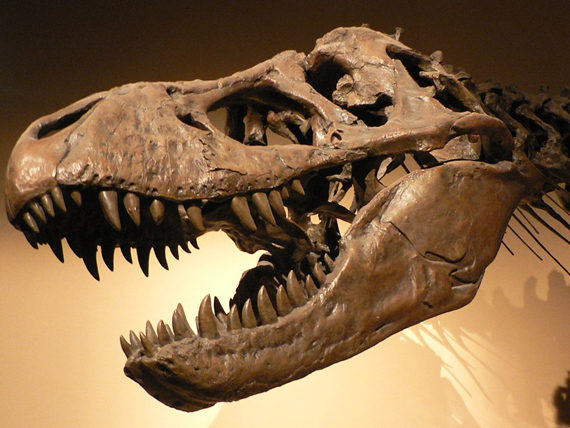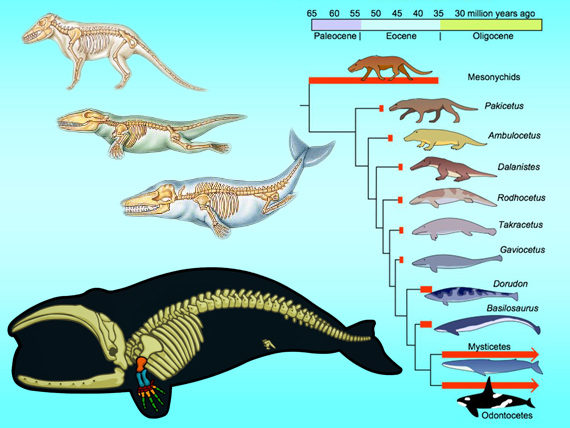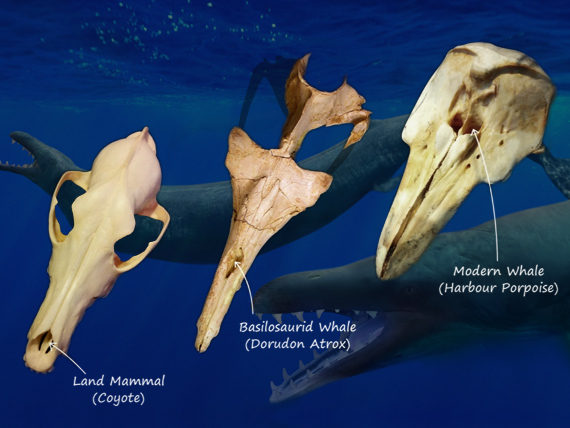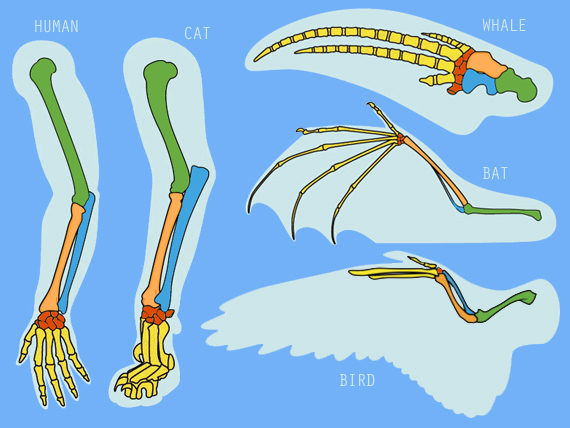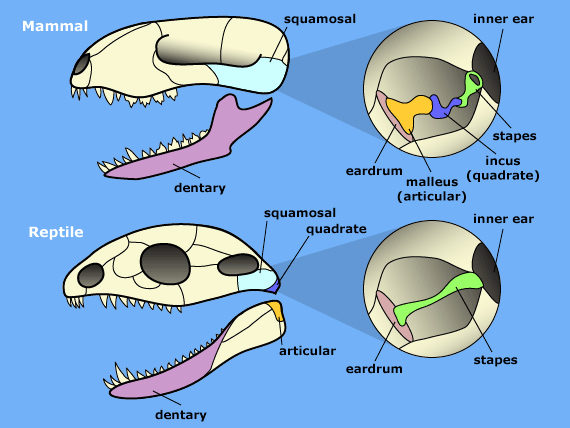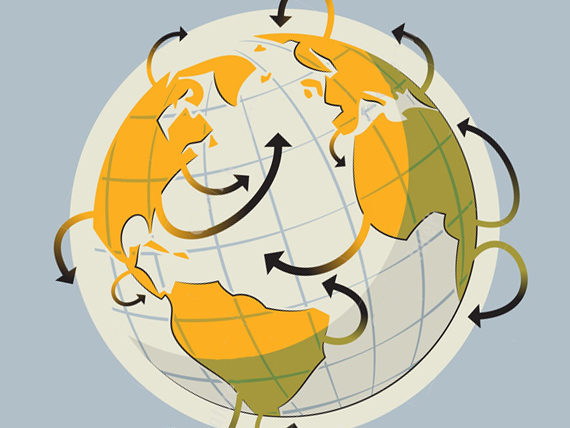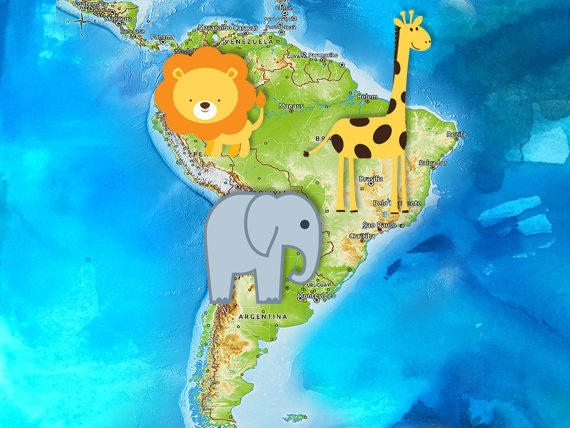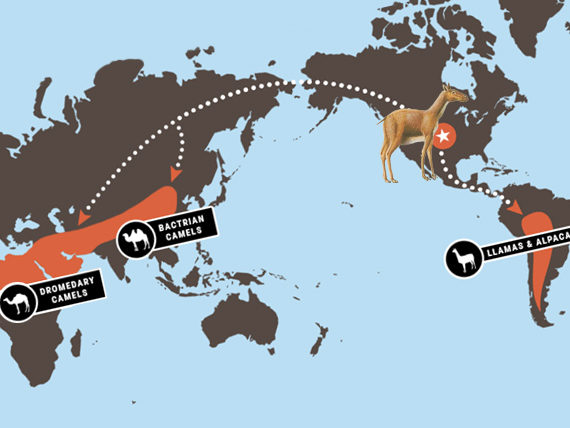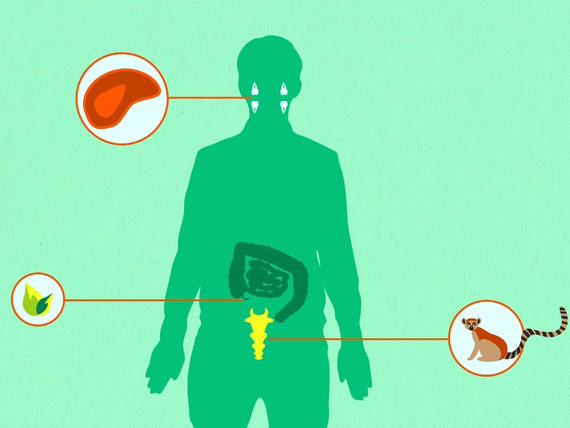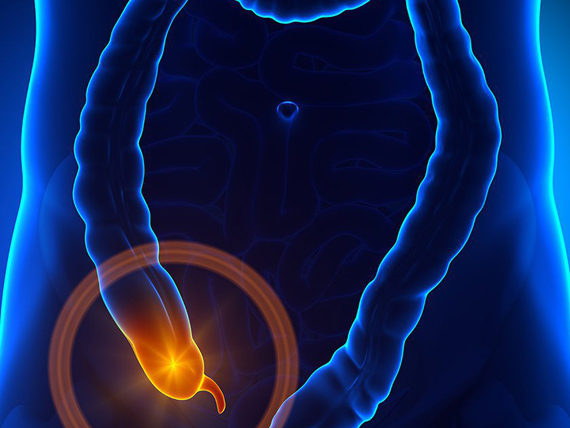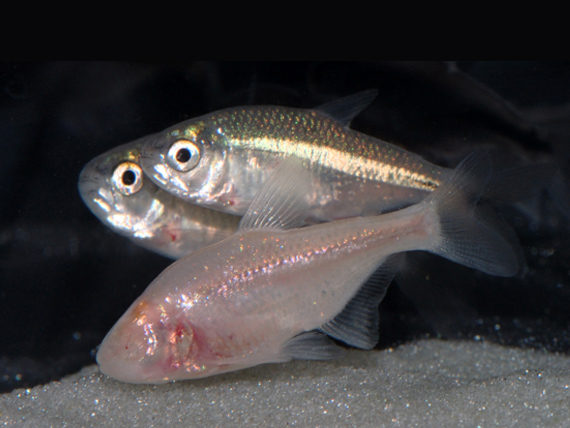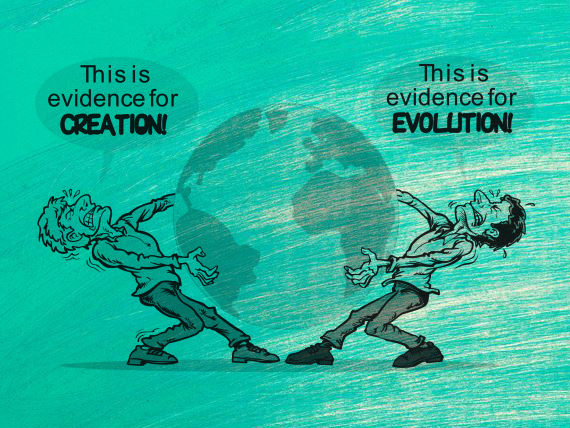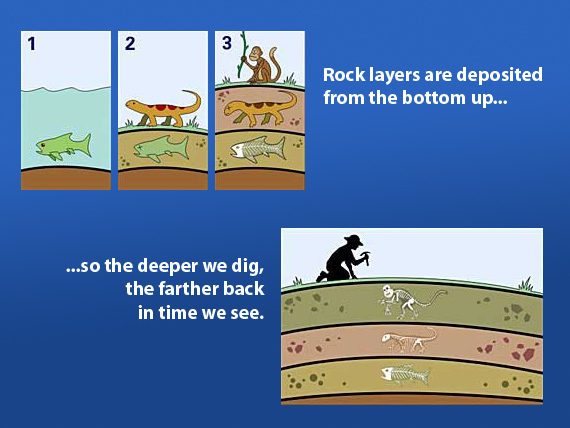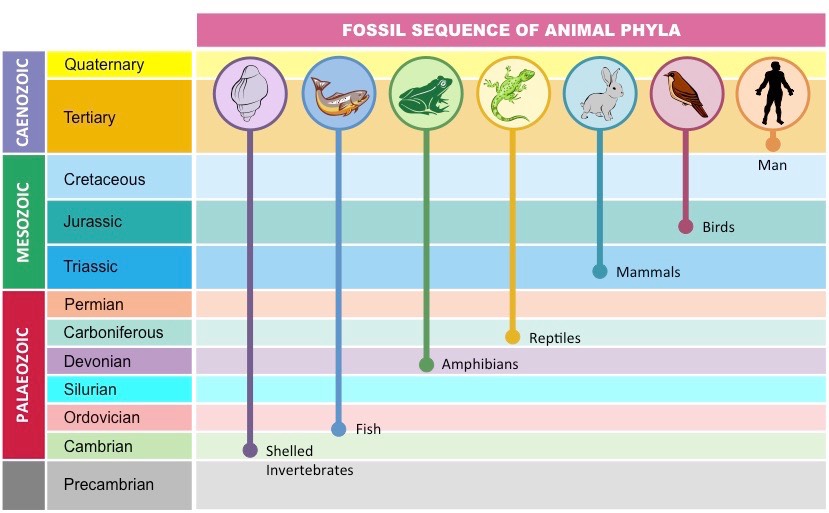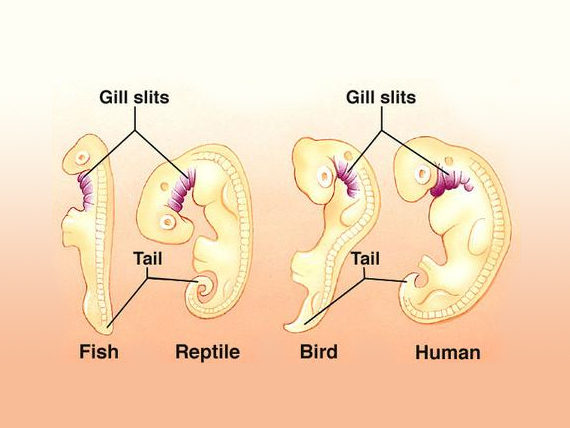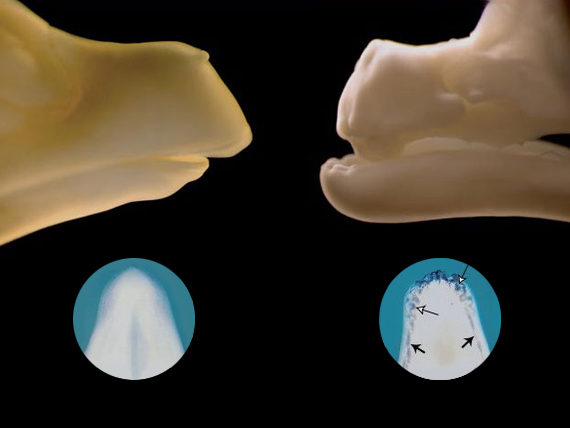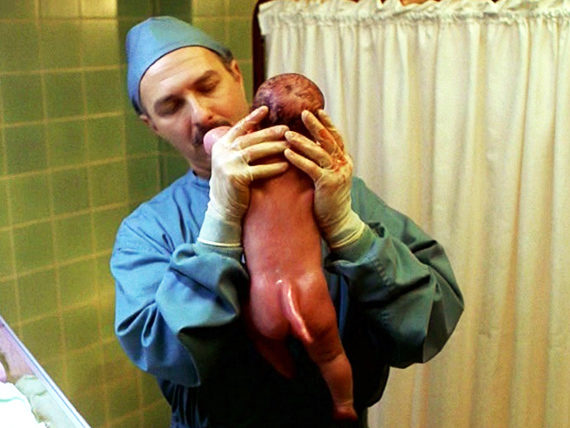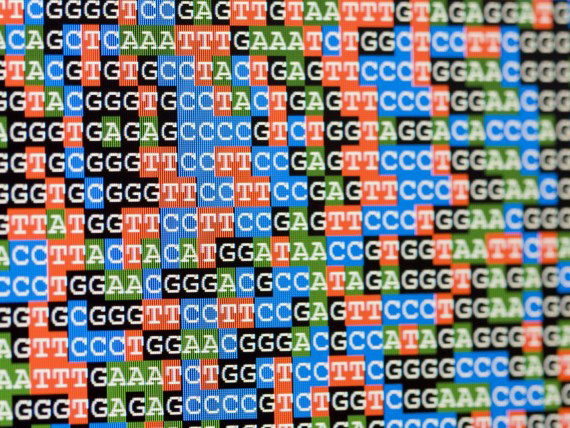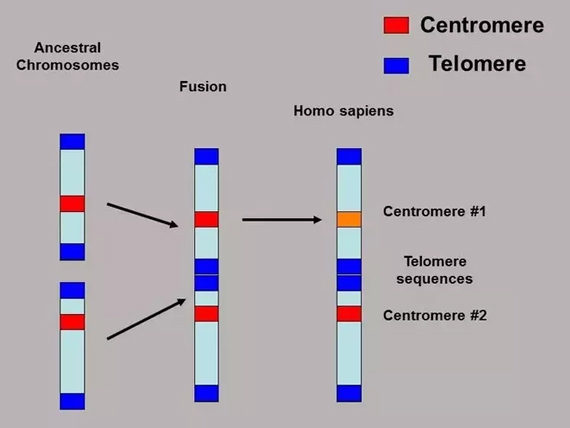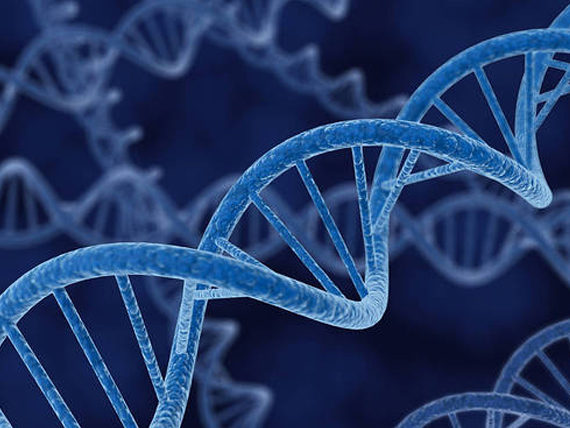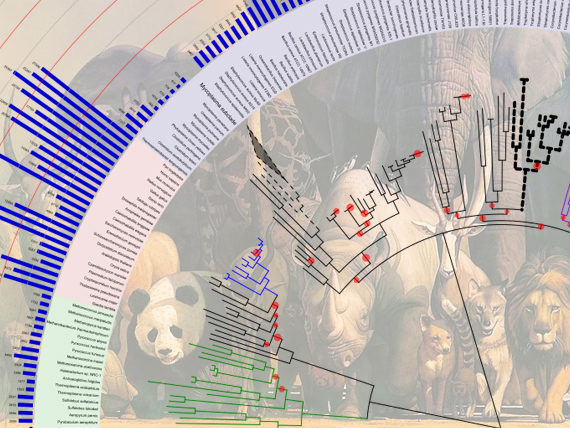From Land Back To Sea
Whales and dolphins resemble fish but are obviously mammals. They have hair, give live birth, feed milk to their young, are warm-blooded, have lungs, and don’t have gills. They also move by undulating up and down like how otters swim or dogs run, instead of side to side like fish. Their skeletons show even more mammalian traits. Their flippers consist of arm, wrist, hand, and finger bones. They even have fundamental hip, thigh, and shin bones.
Why would animals without hind legs, have hind leg bones? Why do their flippers have the skeletal structure of mammalian arms or forelegs? The fossil record shows us the answers from Pakicetus to Ambulocetus, Dalanistes, Rodhocetus, Takracetus, Gaviocetus, Dorudon, Basilosaurus, and up to modern whales. The fossil record shows the transition from four-legged mammals that lived in shallow waters to whales and dolphins. In the transition, we see the introduction of new traits like shorter hind legs, more powerful tails, and tail flukes.
